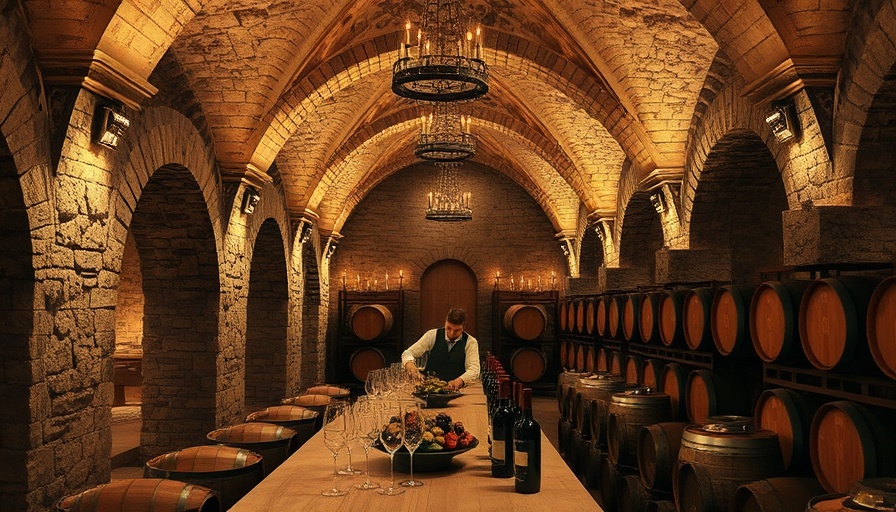
Azerbaijan: A Historical Tapestry of Wine and Tradition
Azerbaijan's relationship with wine is not merely a culinary pursuit; it's a profound entanglement with history and identity. This Caucasian nation boasts one of the oldest winemaking traditions, dating back over 6,000 years. However, what many may not realize is the significant role that German settlers in the 19th century played in shaping this narrative. As we delve into the unique wine culture of Azerbaijan, we uncover layers of history and unexpected influences that continue to echo through the vineyards of today.
Discovering Göygöl: A Gem of Winemaking
In the enchanting city of Göygöl, set against the rugged backdrop of Azerbaijan's northwestern foothills, the impact of German settlers becomes palpable. These settlers, who arrived in the 1800s, introduced new techniques and varieties of grapes, dramatically transforming the local winemaking landscape. Raul, a passionate winemaker, tends to a cellar that was rediscovered by chance. This cellar, hidden for years beneath a veil of neglect, holds the essence of a revived winemaking tradition that mirrors the resilience of the land.
The German Influence: Wine Culture and Techniques
The German settlers brought more than just their agricultural practices; they infused a certain artistry into the science of winemaking in Azerbaijan. Their influence can still be seen in local vineyards where grape varieties such as Riesling and Müller-Thurgau thrive. Raul’s winery represents a blend of old-world technique and local flavor, a testament to how Azerbaijan integrates its diverse historical paths into its modern wine narrative.
Cultural Resonance: Why Wine Matters in Azerbaijan
Wine in Azerbaijan transcends mere consumption; it symbolizes hospitality, culture, and shared experiences among families and friends. It acts as a bridge connecting people across generations, recounting stories of celebration and community. The history of wine in Azerbaijan, particularly influenced by German traditions, fosters a deeper understanding of cultural exchange and resilience.
Local Perspectives: Voices of the Winemakers
The resurgence of winemaking in Göygöl has not only revived traditional methods but has also emerged as a vital aspect of local identity. Winemakers like Raul emphasize their commitment to preserving heritage while embracing modern innovations. This blend of tradition and modernity offers a promising future for the Azerbaijani wine industry, ensuring it remains a cornerstone of local culture.
Future Trends in Azerbaijani Wine
As we look toward the future, the wine industry in Azerbaijan is poised for growth, both domestically and internationally. With an increasing interest in quality wines globally, Azerbaijani winemakers are seizing opportunities to showcase their unique offerings. The revival of historical practices combined with contemporary branding strategies positions Azerbaijan as an emerging player in the global wine market.
Embracing the Unpredictable: The Journey of Azerbaijani Wine
Azerbaijan's wine journey has been anything but linear. From ancient winemaking practices to the impactful contributions of German settlers, it is a narrative marked by both cultural richness and adaptability. By recognizing the complexities and storied past of Azerbaijani wine, enthusiasts and newcomers alike can cultivate a deeper appreciation of this remarkable tradition.
As Azerbaijan continues to evolve its wine culture, one thing remains clear: it is a beautiful blend of the historical and the contemporary, filled with potential and stories waiting to be told.
 Add Row
Add Row  Add
Add 



Write A Comment